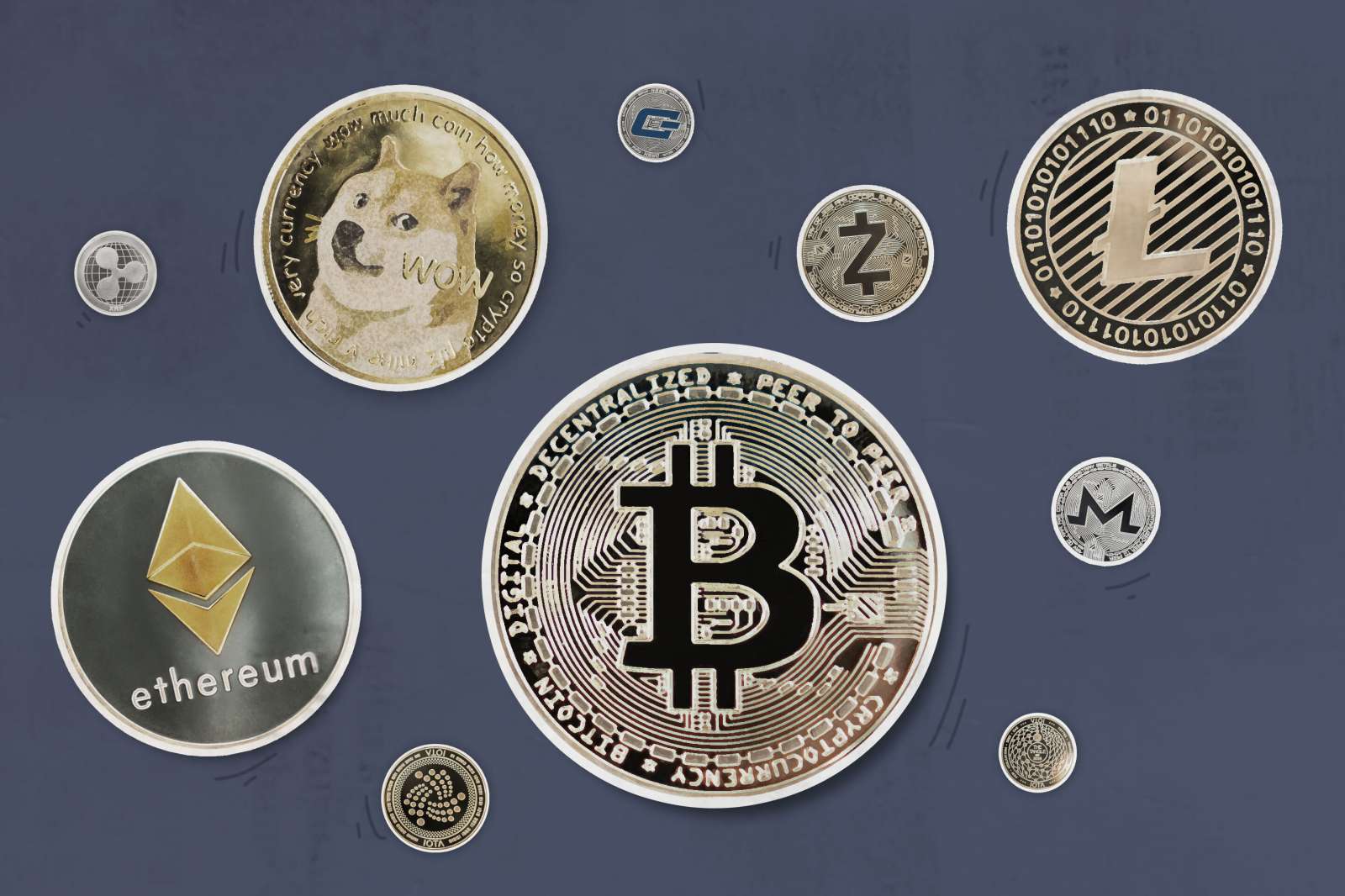Virtual currency wallet address generation involves four steps: 1. Select a wallet service; 2. Create a new wallet; 3. Receive the wallet address; 4. Keep the wallet address safely. The address is generated using a public key encryption algorithm and consists of a public key and a private key. The public key generates the address, and the private key is used to access the wallet and authorize transactions.

Generate a virtual currency wallet address
Generating a virtual currency wallet address is a simple and easy process that involves the following steps:
1. Choose the right wallet service
There are a variety of virtual currency wallet services to choose from, including software wallets, hardware wallets, and online wallets. It is crucial to choose the wallet that best suits your needs and security level.
2. Create a new wallet
Most wallet services allow you to create a new virtual currency wallet when you sign up. When creating a wallet, you usually need to enter some personal information, such as your name and email address.
3. Receive wallet address
After creating your wallet, you will receive a unique wallet address. This address is a string of letters and numbers used to receive and send virtual currency transactions.
4. Keep your wallet address safely
Your wallet address is similar to a bank account number and should be kept properly. Never share your wallet address with anyone unless you intend to perform a transaction.
Address Generation Technology
Virtual currency wallet addresses are generated using a technology called public key encryption. This technique involves using a pair of mathematically related keys called a public key and a private key.
Public key:
Private Key:
When you create a virtual currency wallet, the software will use a public key encryption algorithm to generate your wallet address. This address is associated with your private key and is used to authorize transactions and access your funds.
The above is the detailed content of Virtual currency wallet address generation. For more information, please follow other related articles on the PHP Chinese website!




